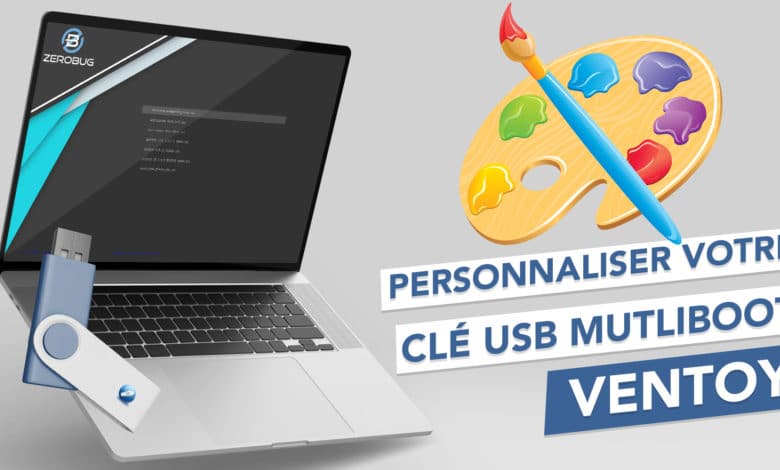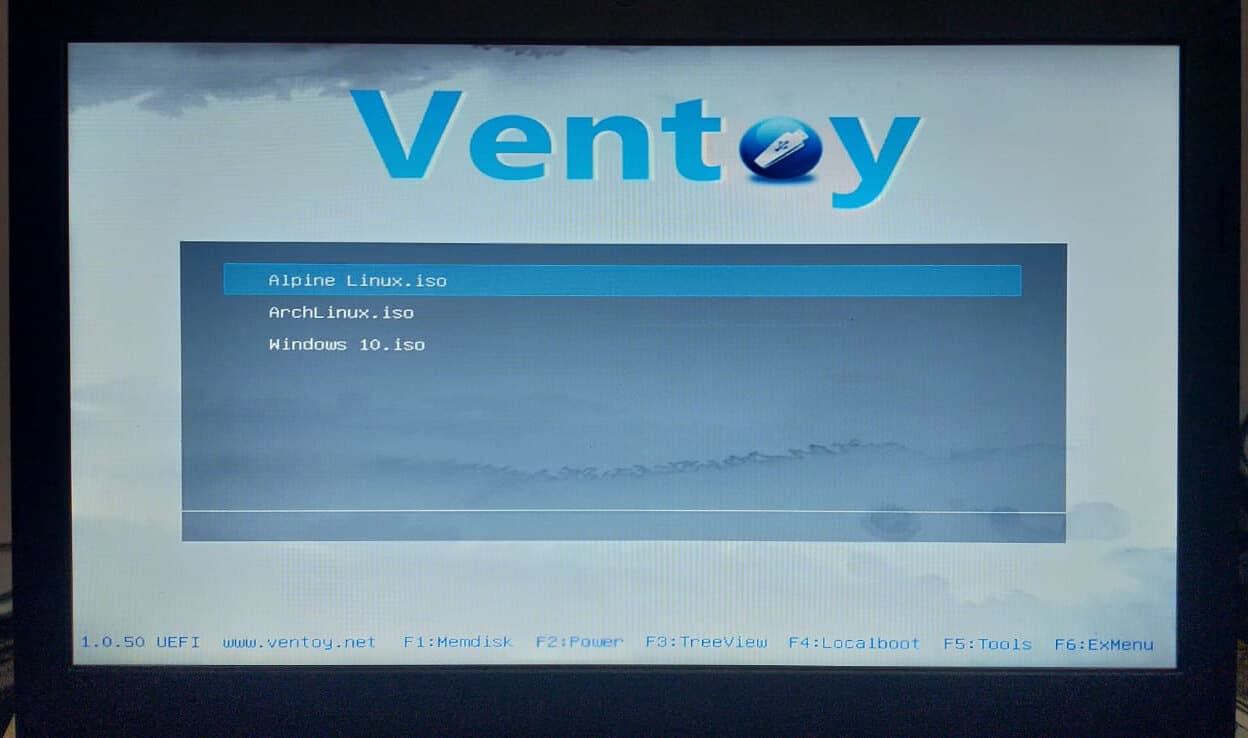

You can have multiple persistence files for single distro. Not just that, it goes on to become more flexible. According to ventoy, even one persistence file can be shared across different OS(if supported by both). It tells ventoy which persistence file is associated with which ISO.
#Multiboot ventoy iso
This config file is nothing but a map of the ISO files to the persistence images. Create json config - Being a front-end developer, I was happy to see config in json format.You need to copy the 4GB file to the USB drive. So the file persistence_ext4_4GB_casper-rw.dat.7z will occupy 4GB after extraction. Also note that, the compressed images are in Kilobytes while after extraction, the file size will be the actual size of the image as given in the filename. You would need to extract individual image as required. Just a point to note that the images.zip directory will have compressed 7z images of various formats and sizes.
#Multiboot ventoy download
You have two options to create them - Create using script or Download from here. These are special files with fixed size and format.
#Multiboot ventoy install
You can even install programs and they will be there across sessions.

You will get your settings back after a restart. With the power of persistence you can continue where you left. Nothing is stored on the disk even if you are booting from a writable USB drive. Basically in a live environment, you lose eveything once you restart/shutdown the system. Persistence is one of the amazing features that linux gives you. As always you can try out the interface and apps or you can go ahead and install it on your drive.ĭon't forget to checkout the compatibility list before trying out. In a few moments you would be ready with the system. More on that later.Īfter this you will land on the boot menu of the particular distro.įrom there you can choose the relevant option(Live/Install) etc. On selecting any of the OS, you go into the persistence options menu if you have the persistence files setup. Once you boot in to the Ventoy menu, you will see the list of all the distros that you copied. Once ventoy is installed, you just need to copy the ISO images on the stick and boot from the USB.

Just make sure that you are using the correct drive identifier. Install ventoy - Use the given script to install ventoy on the USB drive.Of course, in case of issues, you have the forum and online help.įor me it worked like a charm. Is it easy?Īs per the documentation, getting ventoy to run is quite simple. But as you know managing linux distros is not that simple. Looking at the homepage of the project, it feels quite promising. Ventoyįrom one of the comments I got to know that there is a new project called ventoy for the same use case. One multi boot project has been there for sometime but it seems that it is no longer maintained. Now that we have cheaper high capacity USB sticks available, I thought to checkout a multi boot system. Till now I have been doing it by creating single Live-USB drives. I am always interested in trying out new Linux Distros just to see whats new.


 0 kommentar(er)
0 kommentar(er)
